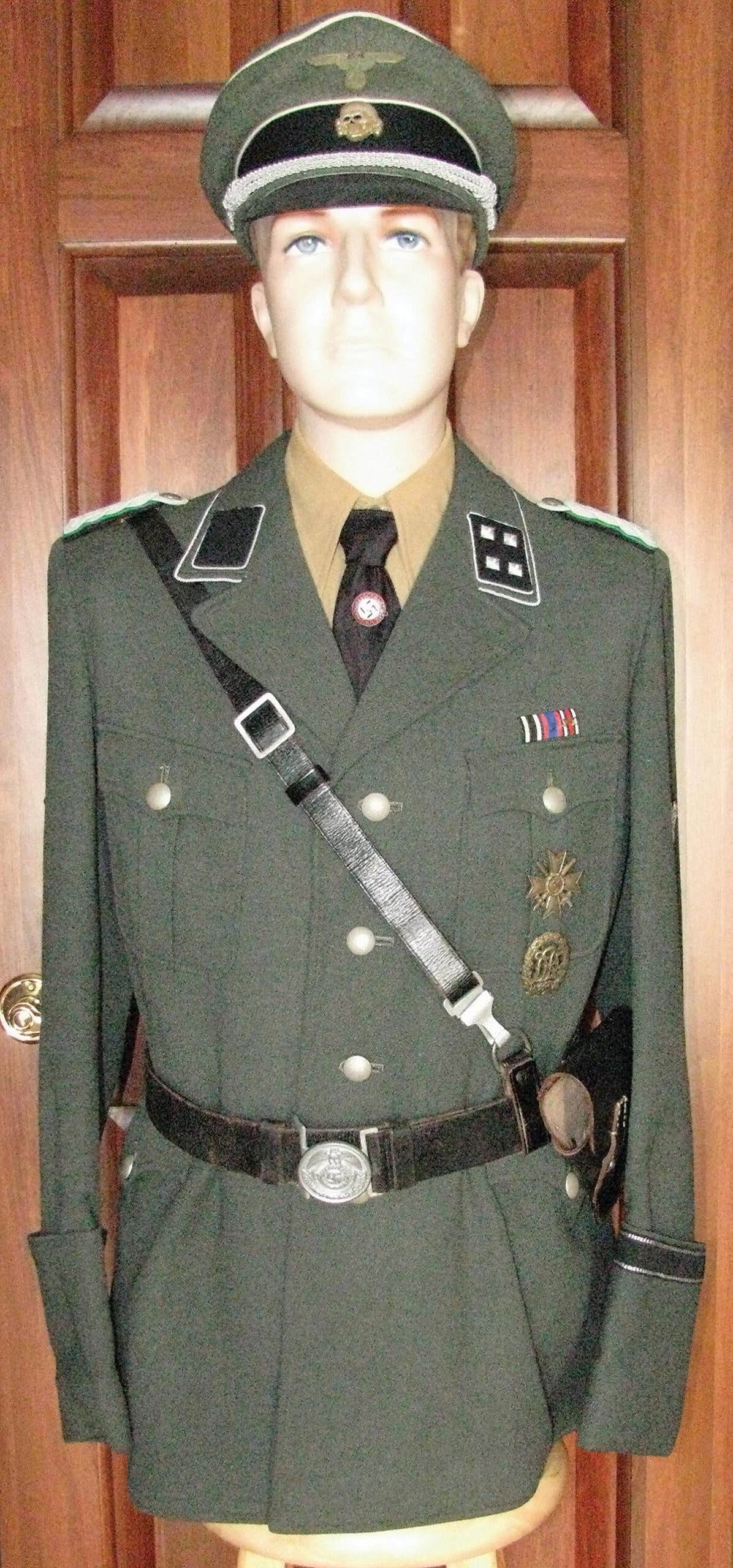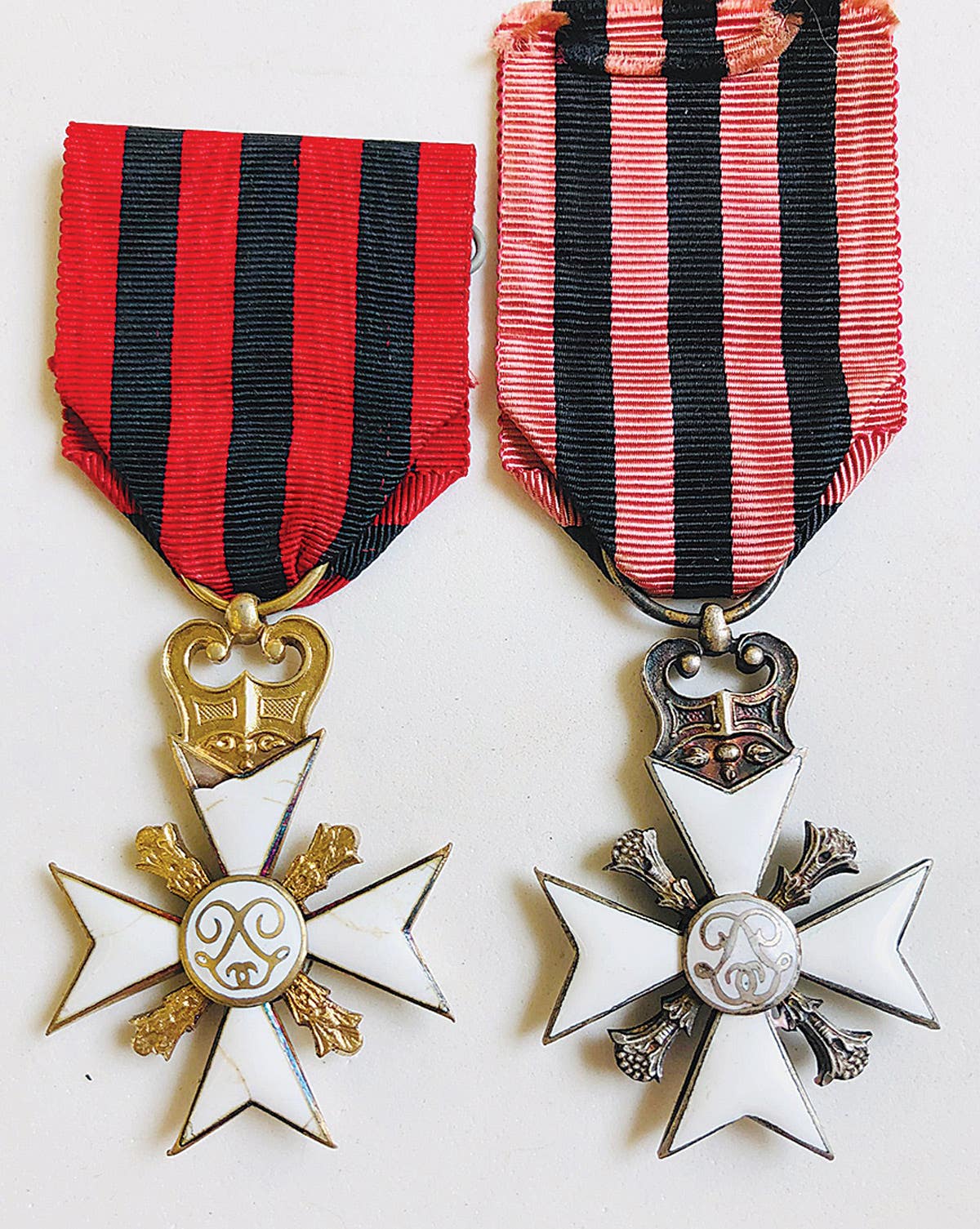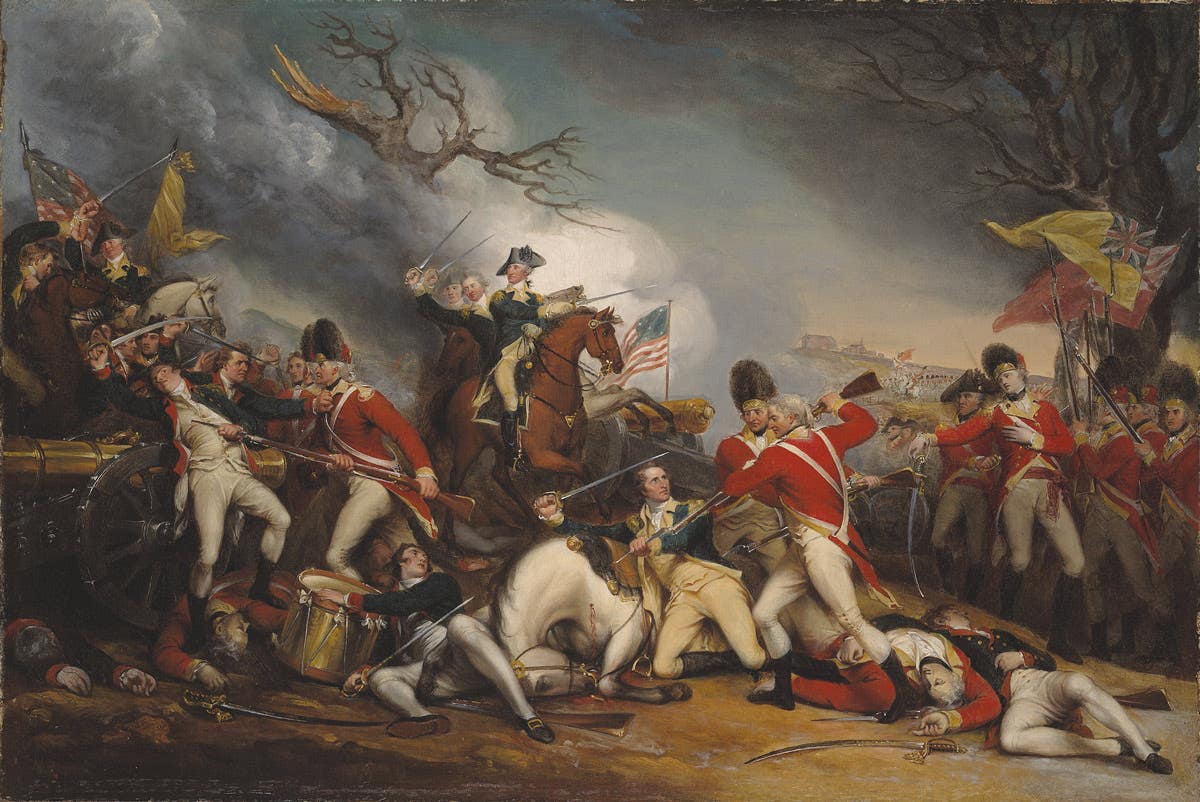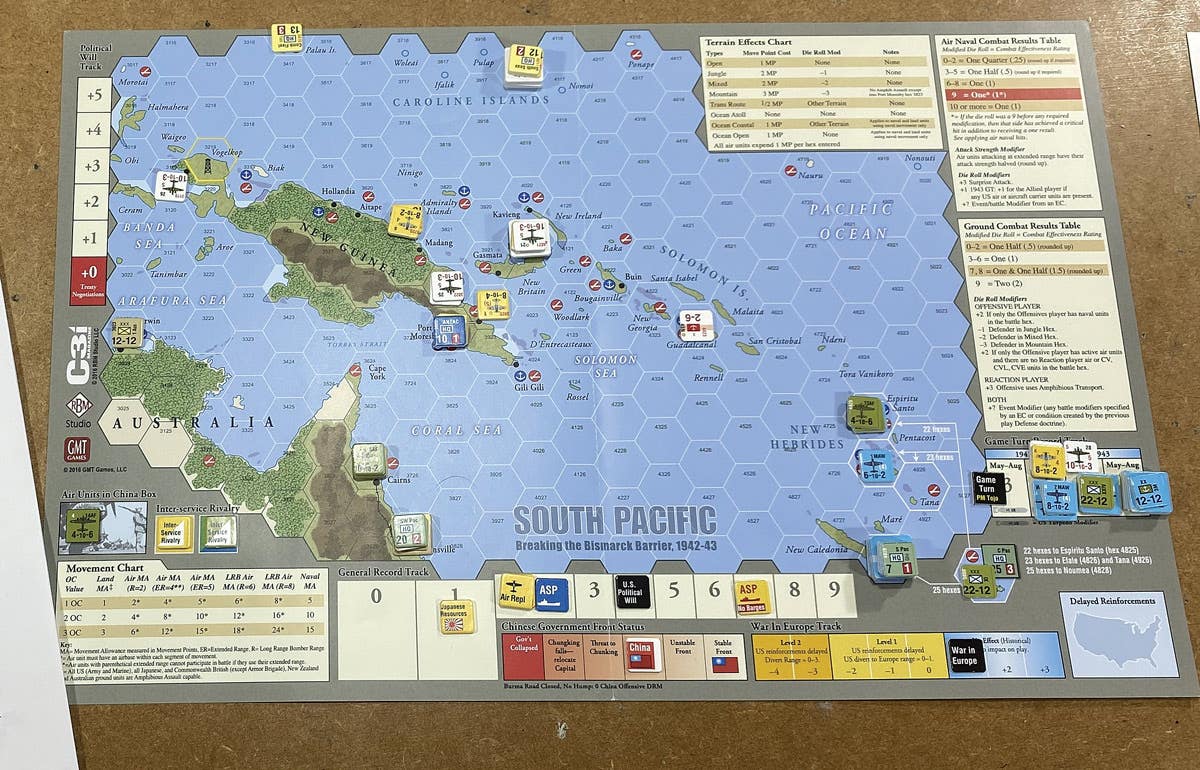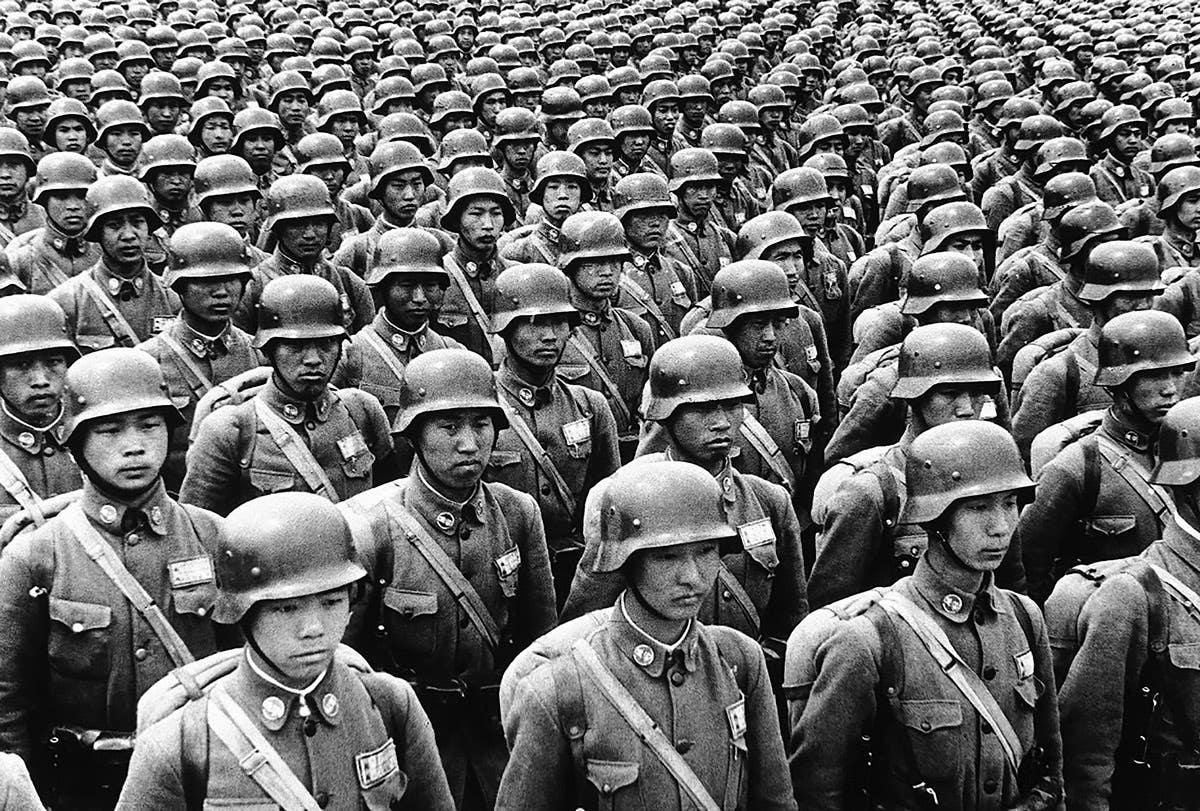Simply A Soldier: He served his nation in mines, on battlefield
by Chris William Johann Frintrop was a single, 33-year-old coal miner in Urbach, Germany (a town east of Stuttgart), when Adolf Hitler unleashed the German Wehrmacht onto the unsuspecting citizens…
by Chris William
Johann Frintrop was a single, 33-year-old coal miner in Urbach, Germany (a town east of Stuttgart), when Adolf Hitler unleashed the German Wehrmacht onto the unsuspecting citizens of Poland in 1939. As a seasoned member of an industry deemed essential to the war effort, Johann continued to work in the mines, performing his dangerous profession to bring the needed commodity to the people and industries above. As the war progressed, the early Nazi victories soon were overshadowed by later losses as allied troops pounded the German ranks, and allied bombs tore apart the infrastructure and cities of the German countryside.
In 1943, both of Johann’s parents were killed, and he was called upon by his country to exchange his shovel for a rifle. On December 2, 1943, Johann entered the German Army as an infantry private.
Following thorough—but rapid—training, he was posted to the “Wildflecken 1” Regiment, a reserve unit developed on April 17, 1944, to fill and strengthen other army groups. He was first trained in the use of a K-98 rifle after being issued no. 4802 on 5/8/44, followed by no. 3586 a month later on 6/8/44 along with a bayonet and shovel. On 7/10/44 he was assigned a new automatic rifle, Gewehr 43 no. 3338.
On April 1, 1944, he was transferred to the 735th Grenadier Regiment, then part of the 715 Infantry Division, and sent to fight the allies in Northern Italy. Johann was wounded on August 2, 1944, and transferred to a field hospital where he convalesced until August 17. For recognition of his wounds, he was issued a third class Wound Badge on January 1, 1945.
Once released from the hospital, Johann returned to active duty with his division which, by then, had transferred to the Asiatic sector. In February, the battered division regrouped again and added remnants from some of the other decimated army groups who had survived the Allied onslaught.
Johann, now armed with an MP40 (no. 79242a), was sent to make a final stand on the Eastern front with his fellow soldiers against the overwhelming Russian hoards. On March 31, 1945, fate smiled on Johann Frintrop as he was again non-fatally wounded, and sent back to the army hospital at Rosenheim, Germany in Bavaria.
Less than five weeks later, the 715th Infantry Division surrendered to the Russians. Many German soldiers who were taken prisoner, never saw their homeland again. Meanwhile, Johann was released from the hospital just in time to surrender to the Allies in May 1945.
With Hitler dead and his nation in ruins, Johann wanted to put his war experiences behind him and return to some semblance of a normal life. Since coal mining did not immediately resume at the close of the war, Johann worked in manual labor after his release from the army.
As Germany began to rebuild, Johann went back to the mines and did his part to help Germany regain its former standing. He exemplified many of the Germans who served their country well: In war, despite being led by a man who proved to be one of the most ruthless dictators in history, and later, in peacetime to help make Germany one of the leaders in a free and productive Europe.
Chris William has been a long-time member of the collecting community, contributor to Military Trader, and author of the book, Third Reich Collectibles: Identification and Price Guide.
"I love to learn new facts about the world wars, and have had the good fortune to know many veterans and collectors over the years."
"Please keep their history alive to pass on to future generations".



